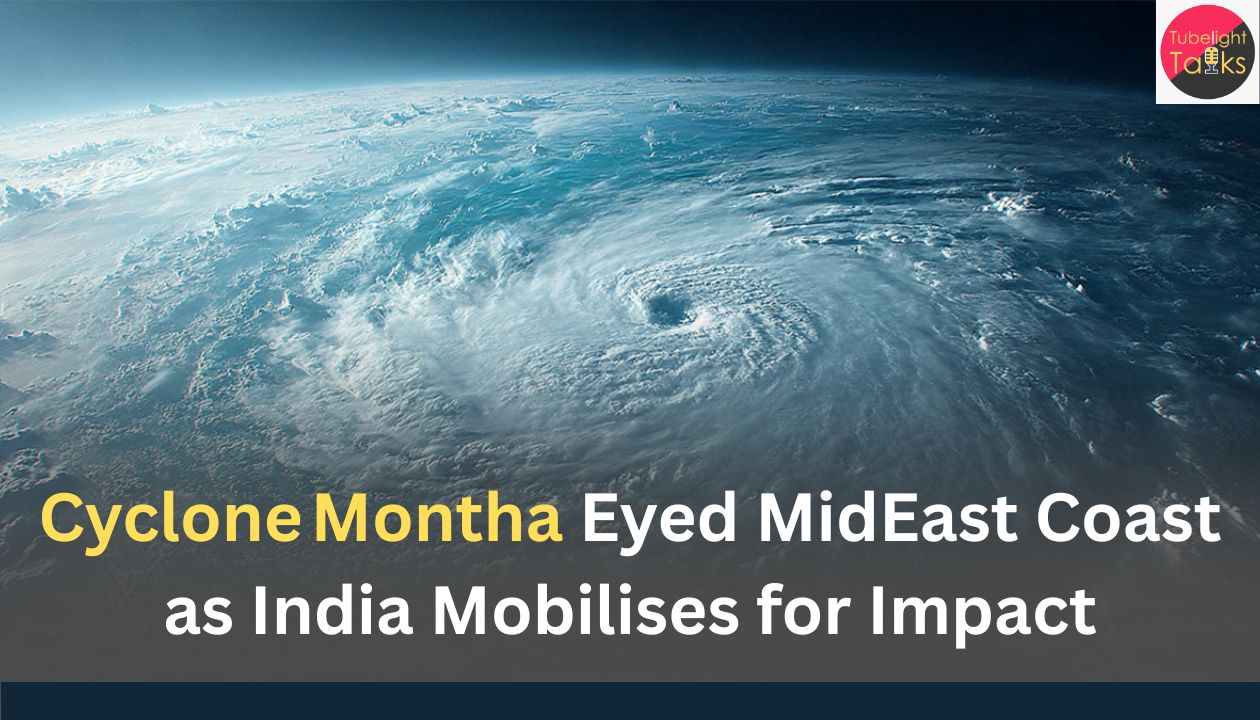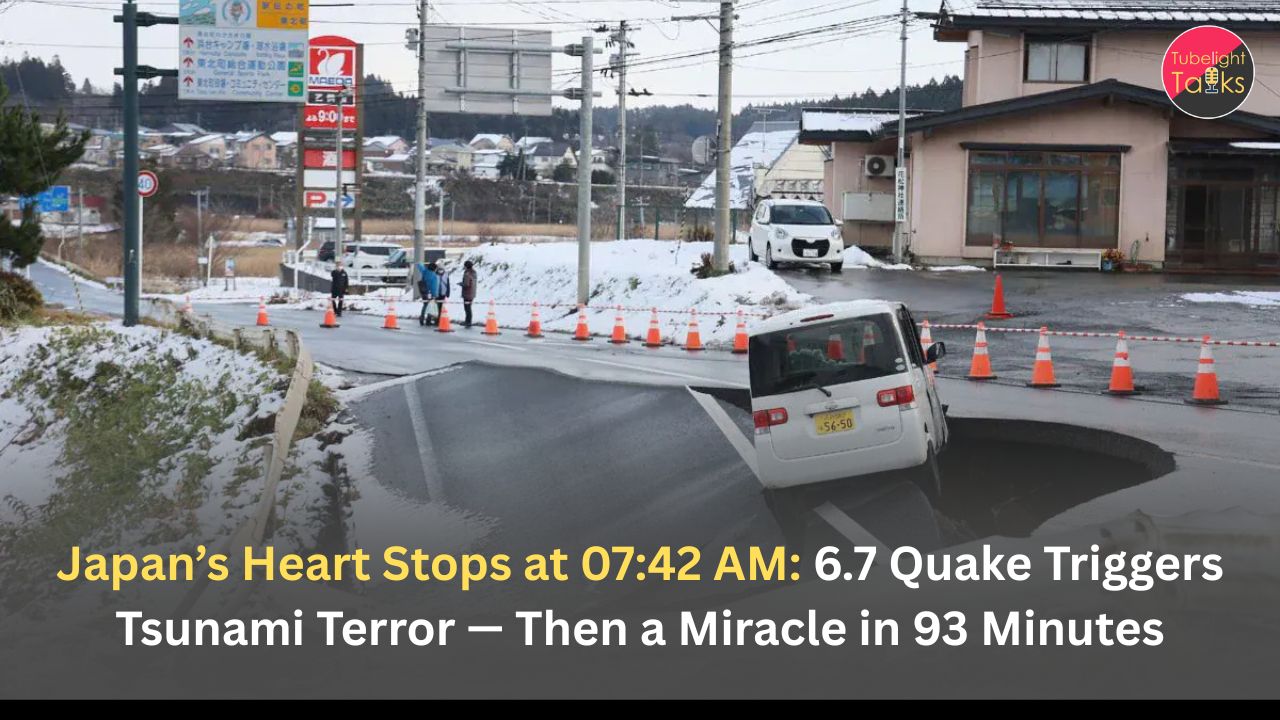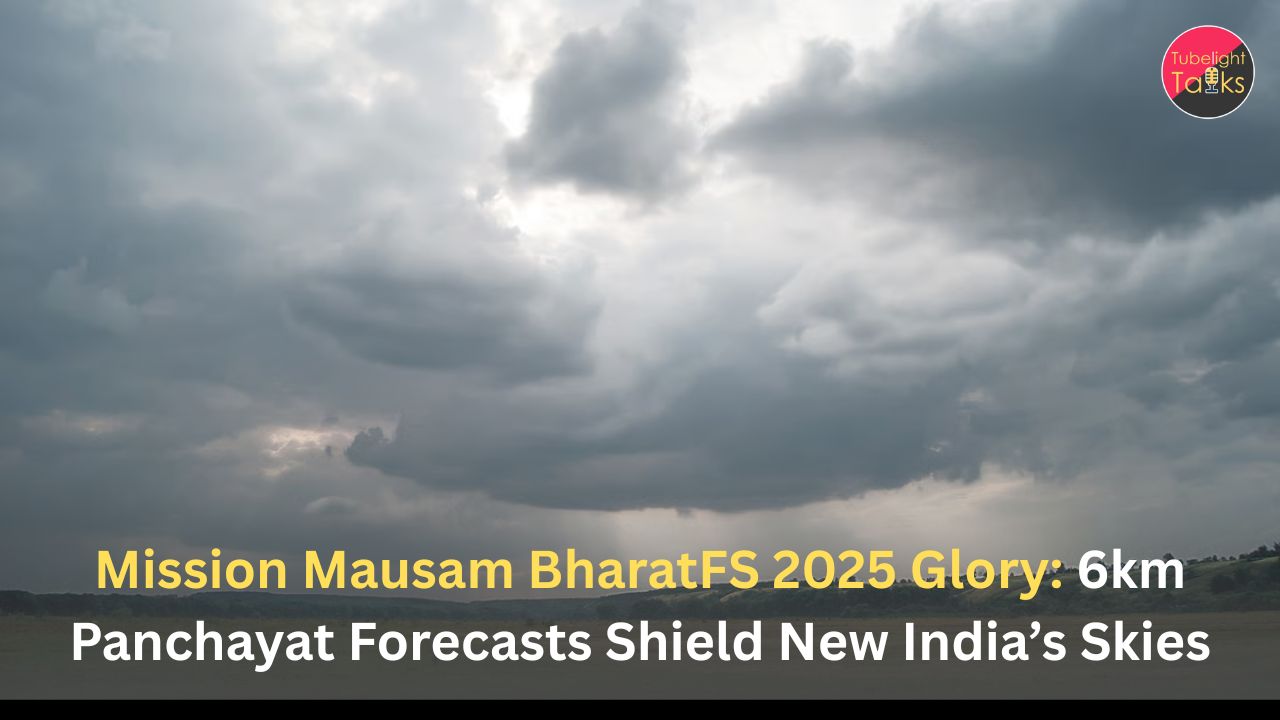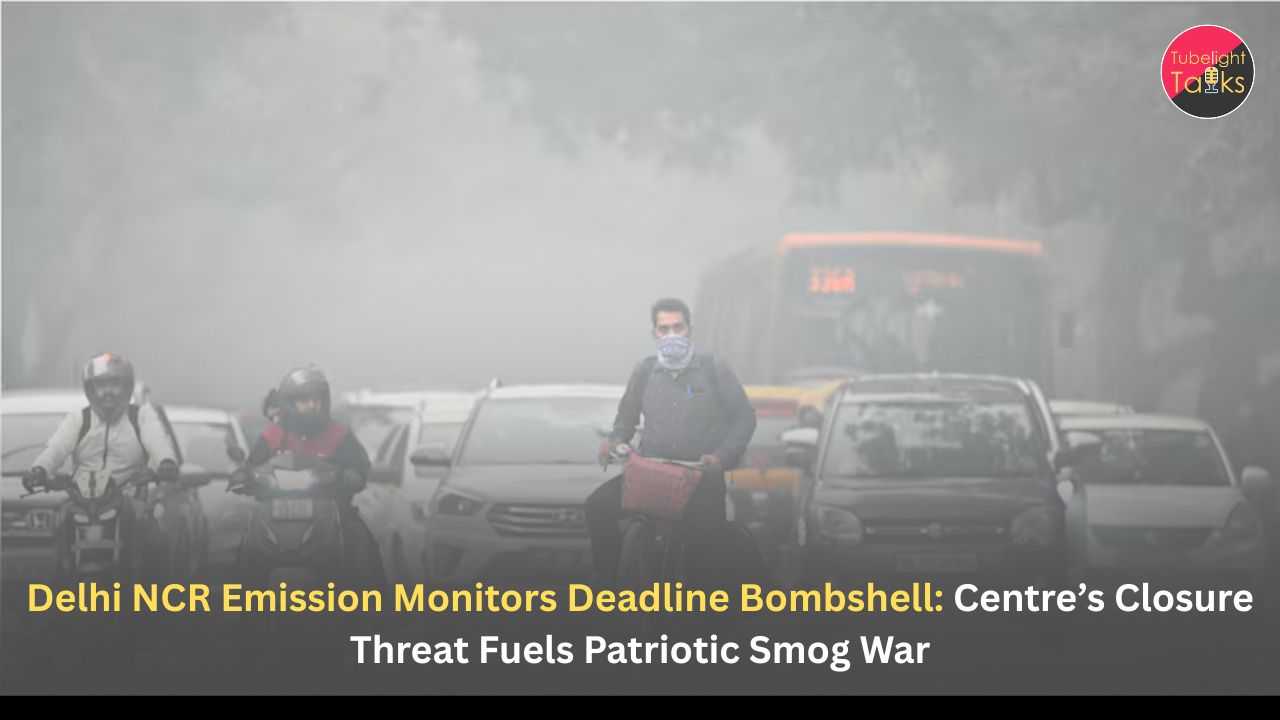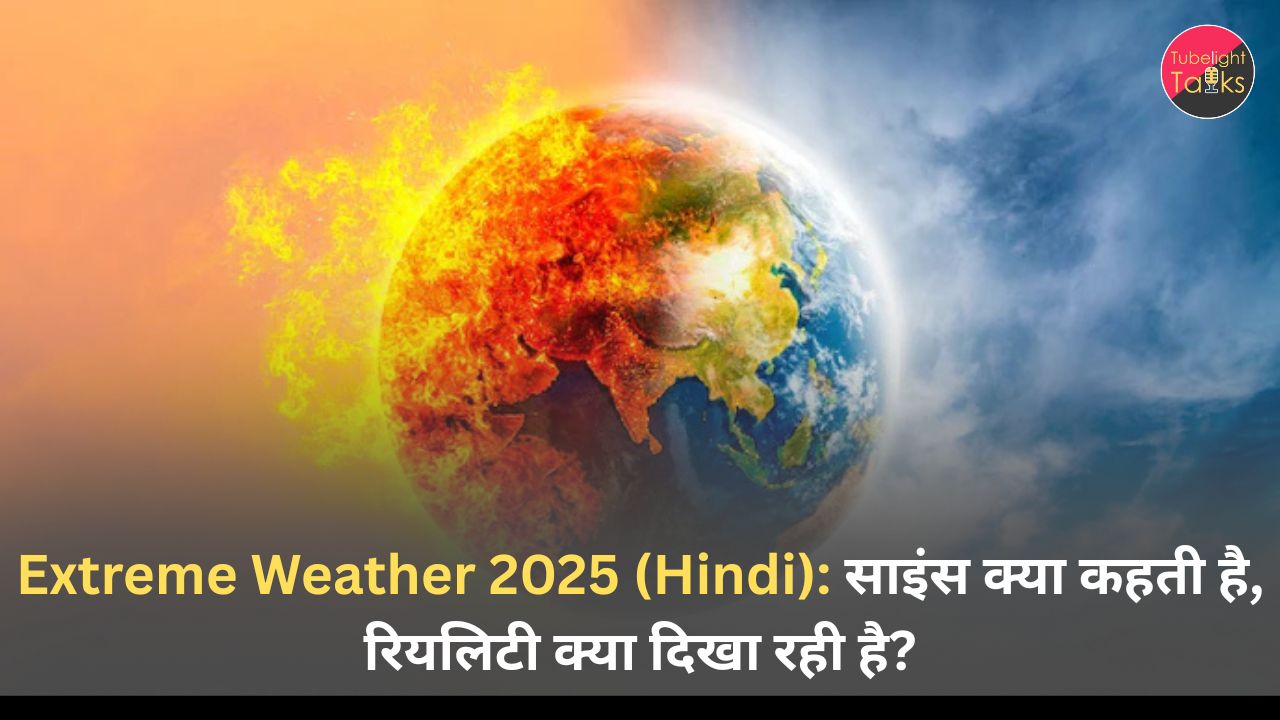Cyclone Montha: The India Meteorological Department has issued urgent warnings as Cyclone Montha — a developing tropical storm in the Bay of Bengal — is projected to intensify rapidly and strike India’s east coast between Machilipatnam and Kakinada on October 28. Both coastal Andhra Pradesh and southern Odisha have activated their disaster response machinery, mobilising tens of thousands of people to relief shelters and issuing alerts for schools, transport and fishing communities. With wind‑gusts forecast to reach up to 110 km/h and potential rainfall exceeding 200 mm in some districts, the region stands ready for one of its toughest weather episodes this year.
Storm Track & Meteorological Outlook
Formation and Intensification
The system began as a low‑pressure area over the southeast Bay of Bengal and has rapidly deepened into a deep depression. According to IMD forecasts, it is likely to strengthen into Cyclone Montha by October 27 and make landfall the following evening.
Forecast Landfall and Wind‑Rain Hazards
IMD bulletins place the landfall zone between Machilipatnam and Kakinada, adjacent to the Krishna‑Godavari coast.
Gale winds of 90‑100 km/h (gusting to 110 km/h) are expected along with extremely heavy rainfall and very rough seas.
Secondary Impacts Region‑Wide
Beyond the immediate landfall zone, the storm may trigger heavy shoreside rainfall in Tamil Nadu’s coastal districts and extend effects to West Bengal. Coastal Odisha has issued a high‑alert despite the landfall leaning toward Andhra.
Response Measures and Mobilisation
Evacuations & Relief Efforts
About 50,000 people have already been shifted to relief camps as authorities in Andhra Pradesh and Odisha act ahead of the storm.
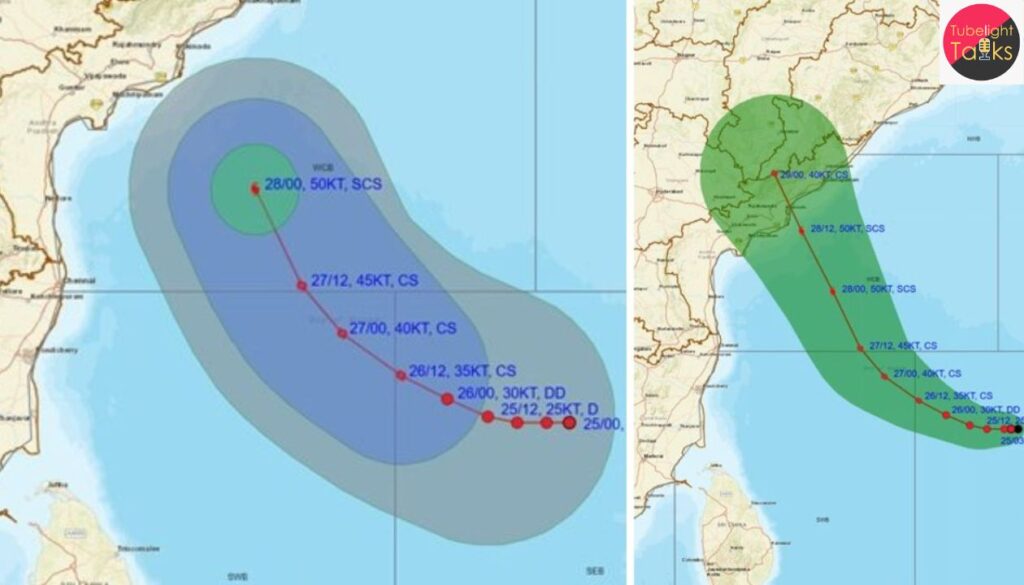
Emergency staff have had holidays cancelled, schools closed and evacuation orders issued for low‑lying areas.
Infrastructure & Lifeline Preparations
Coastal districts are preparing for power‑outages, communication breakdowns and road flooding. Carriers and local governments have amplified monitoring of critical infrastructure such as embankments, drains and sea‑walls.
Fishing and Sea Operations Suspended
Warnings have been issued to all fishing vessels in the Bay of Bengal to return to shore. Sea conditions are expected to become “very rough to high” with large waves and dangerous undertows.
Risks, Vulnerabilities and What’s at Stake
Flood‑ & Storm‑Surge Hazards
With heavy rainfall likely, many coastal and delta districts face acute risk of flooding. Storm surges combined with high tide may cause inundation in low‑lying zones.
Economic Disruption
Agriculture, fisheries, power generation and coastal manufacturing may face disruption. The Godavari–Krishna delta region is particularly vulnerable given its dense habitation and industrial pockets.
Social and Vulnerable‑Community Impact
Many coastal communities, migrant workers and informal settlers may face disproportionate harm from evacuation, housing damage or livelihood disruption. Ensuring inclusive preparedness is essential.
Nature, Responsibility and Resilience
In line with the teachings of Sant Rampal Ji Maharaj and the ethos of satgyan (true knowledge), this moment of natural peril calls not only for technical readiness but for moral stewardship. Being prepared means more than drainage systems and shelters—it means caring for our communities, protecting the vulnerable, and acknowledging that human‑activity, climate stress and natural forces are intertwined. True resilience is when we act with compassion, foresight and respect for the planet and people alike.
What to Watch in the Coming Hours
Precise Landfall Timing & Intensity Upgrade
Monitoring models for any last‑minute intensification of Montha will be key. A shift in landfall zone or higher wind‑gust values would raise urgency.
Rainfall Accumulation & Flood Forecasts
Track accumulation in the Krishna‑Godavari basin, drainage bottlenecks and buffer capacity in urban centres like Visakhapatnam.
Read Also: Montha Fury: 110 Kmph Severe Cyclone Smashes Andhra Coast Tonight
Recovery & Rehabilitation Readiness
Once the immediate storm passes, effective damage‑assessment, restoration of power/communication, and support to displaced individuals will determine outcome.
Long‑Term Climate Implications
This cyclone underscores growing climate vulnerability in the Bay of Bengal region and reinforces calls for resilient infrastructure, early‑warning systems and sustainable planning.
FAQs: Cyclone Montha & Preparedness
Q1. When is Cyclone Montha expected to make landfall?
On the evening or night of October 28 2025 between the Machilipatnam–Kakinada stretch of Andhra Pradesh.
Q2. What wind speeds and rainfall are forecast?
Winds of up to 90‑100 km/h, gusting to 110 km/h. Heavy to extremely heavy rainfall expected, possibly 200+ mm in vulnerable districts.
Q3. Which states are most at risk?
Coastal Andhra Pradesh (Krishna, East Godavari, Kakinada), southern Odisha, coastal Tamil Nadu (depending on the system’s shift).
Q4. What measures are authorities taking?
Evacuations to relief camps, suspension of schools, deployment of disaster‑response teams, warnings to fishing vessels, monitoring lifeline infrastructure.
Q5. How can citizens prepare?
Follow official advisories, avoid coastal zones and sea use, secure loose objects, maintain emergency supplies, help vulnerable neighbours and rely on verified updates.






